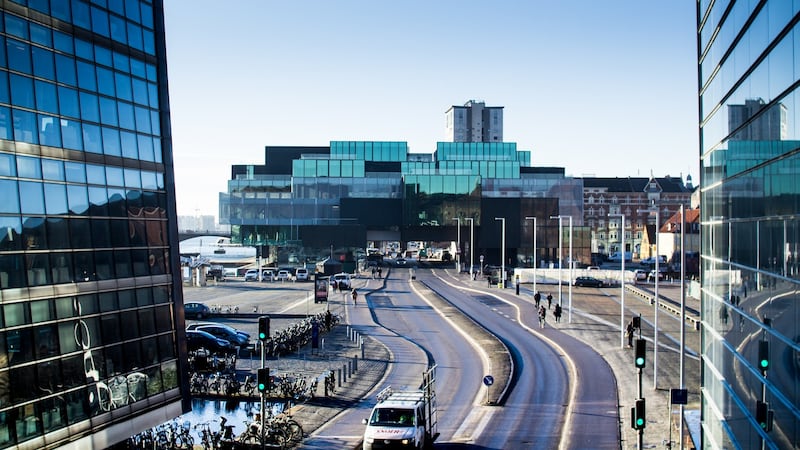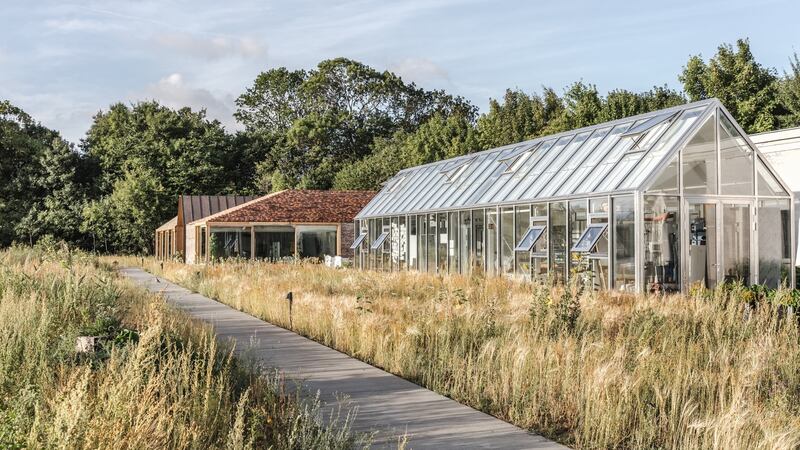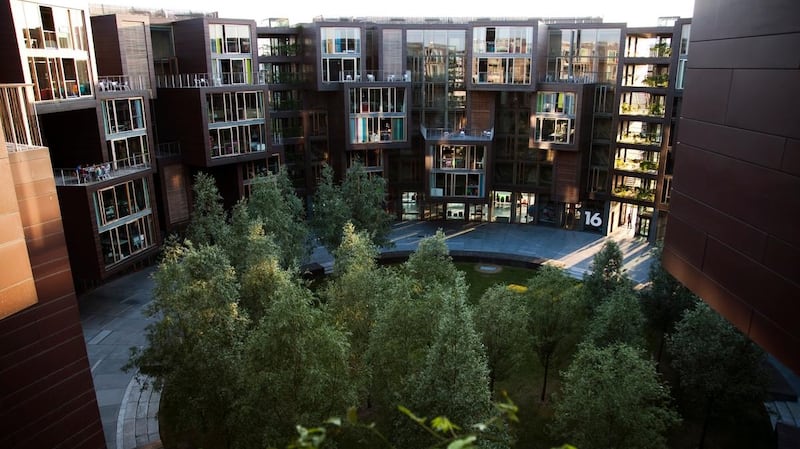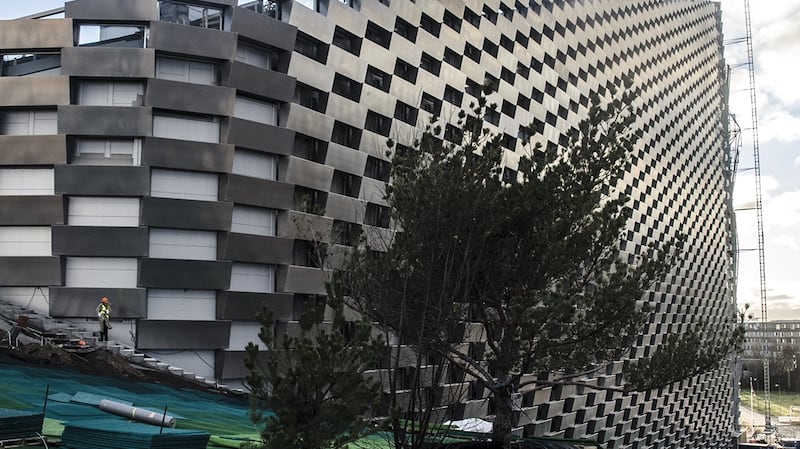Some countries embrace architourism – the contemporary kind, not the familiar marvelling at old buildings – and in Copenhagen, naturally, it's best done by bike. The Danish capital has such a wealth of interesting new buildings and almost every bike-hire shop – and there are many – offers some sort of guided trips, but Asser Munch (copenhagenarchitecture.dk) is a trained architect who some years ago stopped practicing and became a guide.
For people who don’t cycle regularly, the thought of a three-hour bike ride might seem daunting, but the Danish city centre is compact and flat and designed for cycling: it’s safe because it’s segregated, cycle paths are usually raised sections of roadway or otherwise separate from motorised road users.
The ground rules of the tour were established early: no Little Mermaid, no Tivoli Gardens – the usual tourist must-sees. Instead, Munch packed the cycle with enough sights and information to satisfy anyone interested in contemporary architecture and urban living. And it wasn’t about showy new builds. Some, like the new Michelin two-star Noma restaurant and Reffen street food area, were included not because they are extraordinarily notable buildings but because they clearly show how architecture and planning can directly impact positively on people’s lives. And there are not many guided tours that include a waste plant.
1 of 4
Here are six highlights:
1. Blox

Set on the waterfront - like so much of the new architecture in Copenhagen as the city finds space to expand - the Danish Architecture Centre, which opened in May 2018, is a vast multipurpose building designed by OMA. Go to see it and the latest exhibition, Irreplaceable Landscape by Dorte Mandrup (until May 26th). The Danish architect is known for her work in fragile environments, particularly Unesco World Heritage sites, and this multisensory exhibition shows her buildings by the Wadden Sea in Denmark and the Ilulissat Icefjord in Greenland.
A highlight of this seductive tactile show is walking with Mandrup in Greenland via a 20-minute VR film as she describes her plans. It's an extraordinary experience. Also in Blox is a design shop. blox.dk
2. Urban Rigger
Floating student housing by Bjarke Ingels, whose name and company dominates the architectural landscape in Denmark through his practice Big. Built from shipping containers painted a vivid blue, Urban Rigger contains housing for 12 students in separate apartments with communal interior and exterior spaces, a kayak dock, laundry and storage areas. Built as a prototype, the idea is that the patented design for the solar-powered Co2 neutral property can be replicated in any city that wants to maximise its waterfront potential - or built on land. urbanrigger.com
3. Noma

No, the cycle tour doesn’t include lunch at the restaurant, four times named as the best in the world, but it is a chance to see how architecture has helped realise founder Rene Redzepi’s food philosophy. He famously closed his first Noma premises in 2017 and has reopened about 2km away in the former industrial neighbourhood of Refshaleøen.
Designed by Bjarke Ingels, the new Noma is made up of seven buildings by the water and looks like an urban farm: there's a series of glasshouses where produce for the kitchen is grown, bee hives are set among wild grasses and flowers and a candlelit walkway leads to a 40 seater restaurant that resembles a stripped back barn. Food miles have rarely looked so short. noma.dk
4. Reffen streetfood market & creative hub

There's a sense of stately order about the main streets in downtown Copenhagen, which tend to be lined with beautifully formal 19th and early 20th century (or earlier) tall buildings. But at the slightly scruffy Reffen, in the gritty industrial Refshaleøen, there's a sense of easy-going chaos – and a vast choice of things to eat, drink and see from the 50 or so foodstalls and artsy start-ups . The food trucks include adapted vintage caravans, painted bright colours, freight containers and wooden shacks. All stalls must follow the sustainable rules of reduce and reuse, compost and reduce food waste and use organic, free-range and local ingredients where possible. Open now for the summer. reffen.dk
5. Tietgenkollegiet

See what student housing can look like when there are visionary architects on board (Lundgaard & Tranberg) and a money-no-object budget - Tietgenkollegiet built in 2007 was funded by the Nordea Denmark Fund to create “the dormitory of the future”. Located near Copenhagen University in Ørestad North, a 21st century planned mixed neighbourhood, the cylindrical building is oriented around an inner courtyard.
The oak, copper and glass facade is varied, some parts jut out, some parts are sunken. Built in five sections, each has 12 student apartments with communal kitchens – in the overhanging boxes facing the courtyard as well as roof terraces. At ground level are a series of communal spaces including a laundry, bike store, craft room, sound-proofed music studio and a room with a grand piano. Some 400 students live in Tietgenkollegiet, each paying about €650 a month (easily covered by the grant every Danish student gets) and once in they can stay for the duration of their degree. tietgenkollegiet.dk
6. Copenhill

One of the most talked-about new builds in Copenhagen and a startlingly innovative example of the Danish approach to urban development - best summarised as why build something with only one function when it could do more. Officially called Amager Bakke, the city’s new waste-to-energy plant designed by Bjarke Ingels is nearing completion – expected this summer – and when finished it will have a 400m ski slope, on an artificial surface, running from the top of the 90m building.
An 85m-high climbing wall is being installed on the exterior and there will be a hiking trail along the roof of the gleaming building. A cafe on the top floor will provide 360 views over the city, the sea and towards Sweden. copenhill.dk
























